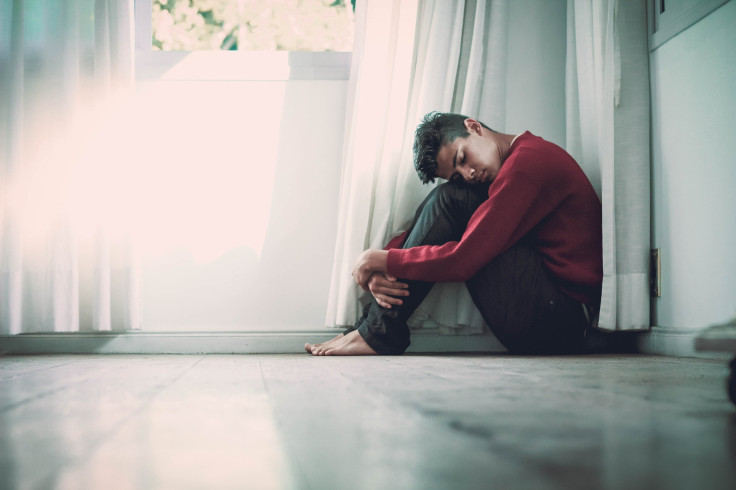Do Mental Health Apps Really Work?

The toll taken by mental health disorders such as depression and psychosis on Americans -- already horrific -- is rising with every year.
More than 46 million U.S. adults experience a mental disorder every year. Of this total, 18 percent experience an anxiety disorder while 7 percent have had at least one major depressive episode in the past year.
With the rising number of individuals suffering from psychiatric problems, it's all but impossible for most affected patients to receive the necessary one-on-one professional care they require. And with the global shortage of psychiatrists and the utter lack of mental health care access in rural regions, apps are serving as a viable tool to bridge the mental health treatment gap.
There will never be enough mental health professionals available to meet demand, and this mental health treatment gap is continuing to widen.
One solution to this gap is mental health (mHealth) apps on smartphones. These apps are now gaining wider traction, especially among teens and young adults.
Mental health apps target a wide range of psychological disorders while varying in design and functionality. Some mental health professionals see mHealth apps as a unique opportunity to expand the availability and quality of mental health treatment.
The number of mHealth apps has risen rapidly over the past decade and now numbers in the tens of thousands. The World Health Organization (WHO) in 2015, conducted a survey of 15,000 mHealth apps. This study revealed that close to a third -- or 29 percent -- focus on mental health diagnosis, treatment or support. Mental health apps have also gotten the nod from the U.S. National Institute of Mental Health (NIMH) and the U.K. National Health Service (NHS).
The reason: these prestigious organizations see mental health apps as cost-effective and scalable solutions to addressing the growing mental health treatment gap.
The efficacy of mHealth apps is another story altogether, however. Evidence about the efficacy of mHealth apps and chatbots is mixed. A popular chatbot or conversational agent called Woebot was studied by Dr. Kathleen Fitzpatrick, Ph.D., with the Department of Psychiatry and Behavioral Sciences at the Stanford School of Medicine and her associates.
Woebot is a conversational, text-based agent that uses the principles of cognitive behavioral therapy (CBT) to assist users with depressive symptoms. It uses natural language processing to create a digital conversational “counselor” that entices users to become so comfortable, they reveal some of their most personal thoughts.

Dr. Fitzpatrick and her team performed a randomized controlled trial (RCT) to compare Woebot to a control group with access to an ebook on mental health. These students had not been officially diagnosed with depression or anxiety.
What the team found was that Woebot delivered measurable improvements on the Patient Health Questionnaire, the Generalized Anxiety Disorder scale and the Positive and Negative Affect Scale among college students.
On the other hand, a more extensive review of the research on mental health chatbots evaluating 10 studies and concluded the overall potential for conversational agents in psychiatric use was reported to be high across all studies. In particular, conversational agents showed potential for benefit in psychoeducation and self-adherence.
It found the satisfaction rating of chatbots high across all studies, suggesting they could be "an effective and enjoyable tool in psychiatric treatment.”
Published by Medicaldaily.com



























